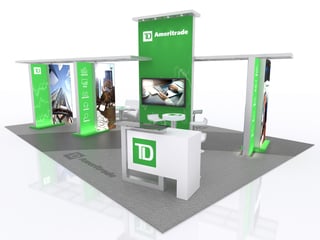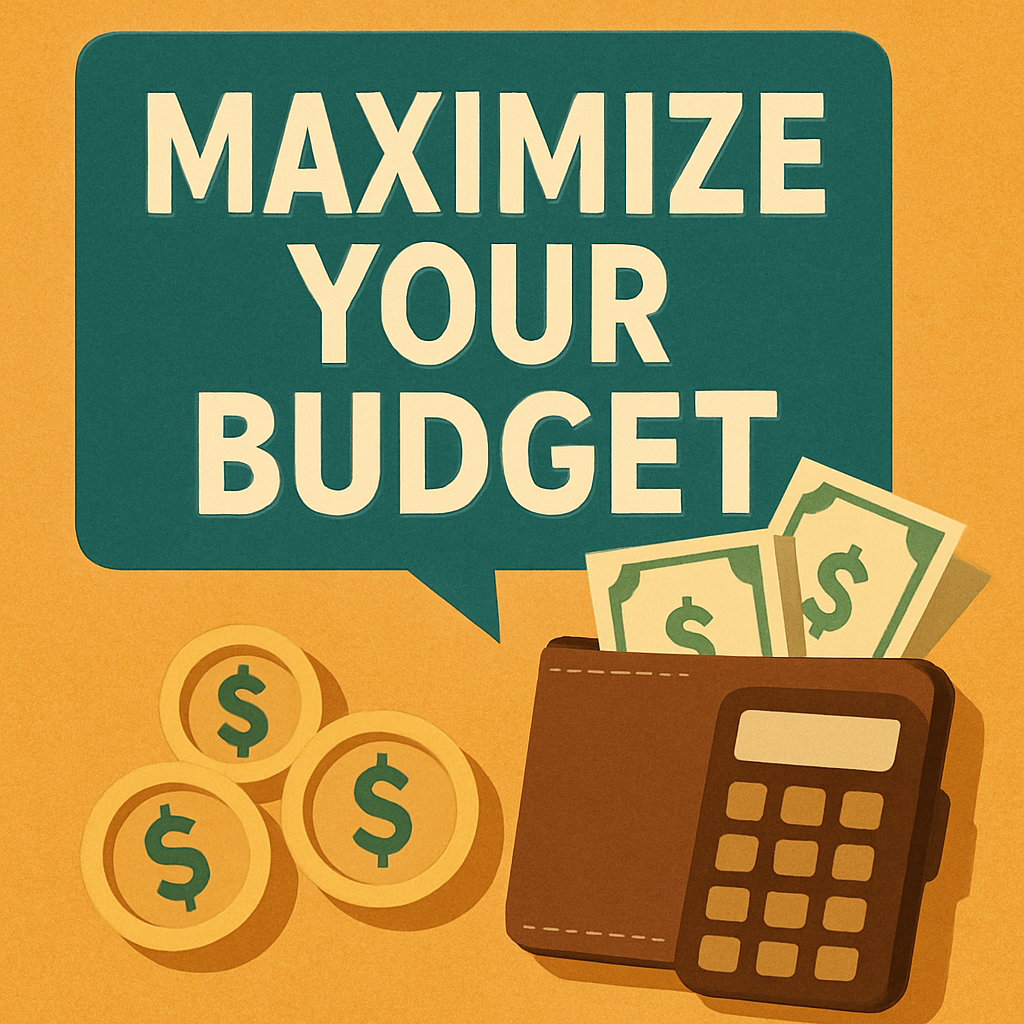When a deal stalls, it’s tempting for the salesperson to unknowingly put themselves first. We’ve all been guilty of it at one time or another. You might repeat the close, not-so-subtly threaten the prospect with an expiring discount, or roll several asks into one conversation. These tactics are a surefire way to turn stalled deals into cold ones.
Below, I’ve outlined six strategies for moving stalled deals forward. They keep your prospect the focus, give them option and escape routes, and help you avoid becoming your own worst enemy -- the stereotypical pushy salesperson.
1) Don’t Repeat Your Close
If the prospect gave you a soft yes -- and then nothing -- or a firm no, never follow up with the same close. Your next request  should be a different, lighter ask.
should be a different, lighter ask.
For example, if your champion was supposed to introduce you to someone in Procurement, but they never followed through, your follow-up question might be, “When do you want to start implementation?” This is an easier ask that doesn’t require action.
Even though your original question didn’t receive a no, if you continued to push it might have. Your goal for every email or phone conversation is not to get a yes or no -- the goal is engagement. When a deal is stalling, your focus is singular: Get your prospect on the phone talking.
2) Don’t Corner Your Prospects
Nobody likes to feel trapped. When you’re working toward a goal in sales, give your prospect ample exit opportunities. If you’re coordinating a demo and your prospect is unwilling to confirm a date, let them know they can reach you by phone or email if they need to change the demo date or time once it’s scheduled.
This makes listening to your pitch feel like an option, helping you get a firm date on the calendar and decreasing the likelihood your prospect flakes at the last minute or ghosts entirely.
3) Don’t Compound Your Close
Only use one close at a time, and always be direct. As a rule of thumb, don’t include “not” or “and” in your closing language. For example, let’s say your goal or close involves getting the right people in your demo, including decision maker Jerry. Many of us are tempted by the compound close -- asking multiple questions at once. Compound closes sound like, “Could you invite Jerry to our demo? And is there anyone else who needs to be there?”
If you ask a compound question, you’ll receive a compound answer. And your prospect will likely only process and answer the easier question.
Instead, ask two questions. Start with, “Should Jerry be invited to this demo?” After your prospect has responded, “Yes, he should. I’ll reach out to him today.” follow up with, “And is there anyone else who should be there?” You’ve broken a compound question into two manageable questions, making it easier for your prospect to answer both.
4) Close Something Light, First
Flex your selling muscles. Start every deal by closing for a phone number, an intro, or a meeting. This introduces the idea of the customer saying yes to you. Once you’ve made a small “sale,” move on to bigger asks like asking to speak with a decision maker.
Remember, never close the same thing twice. If you ask, “Could you connect me with your boss?” and don’t receive an answer, ask, “Who’s going to be the primary contact after the sale?”
You’ve followed an unsuccessful close with a lighter ask, and you’ve avoided asking the same question twice. Once you receive a successful answer to this light request, you can continue asking questions to lead the prospect back to your initial question.
5) Keep the Close Prospect Centered
Make sure every close includes “you” and clearly identifies a finish line. Instead of saying, “What’s a good time for us to meet?” ask, “When are you free to meet for 30 minutes this week?”
In the first example, you say “us.” This is problematic for two reasons:
1. If they’re not your client, there is no “us” yet.
2. You haven’t provided a timeline. If your prospect doesn’t really want to talk to you, you’ve made it easy for them to push the meeting back several weeks.
In the second example, you keep the question prospect-centered by asking when they’re free. Then you define how long your next meeting will take (30 minutes) and when it should happen (this week). It’s a clearly defined request that keeps your prospect feeling valued and in control.
6) Send a New Quote
If the end of the month or quarter is near and your prospect still hasn’t closed, wait until there are about three days left and send a new contract.
By this time, you’ve likely offered them a discount, so sending them a new contract with non-discounted pricing can be the wake-up call they need to move forward. Instead of warning, “You’re going to miss out on this great discount,” which they likely won’t believe, a new contract makes the new price real and looming.
Don’t be pushy or aggressive -- simply send an email saying, “At the end of the month, please replace our old contract with this new pricing structure.” This allows them to call and discuss the price.
Even if they still can’t close before the end of the month or quarter, this keeps the conversation going and allows you to extend the discount when appropriate.
If they do want to close by the end of the month, be careful in framing the question. Ask, “Would you like to close now? The deal expires by the end of the month.” This is a less pushy way of saying, “The discount is only good through the end of the month. Can you close now?”
Stalled deals can be scary for salespeople. They threaten your number and eat up valuable time and resources. These six strategies turn stalled deals from frustrating to promising -- and finally get you over the finish line.
Written by Jeff Hoffman - @mjhoffman - https://blog.hubspot.com/sales/move-stalled-deals-forward






